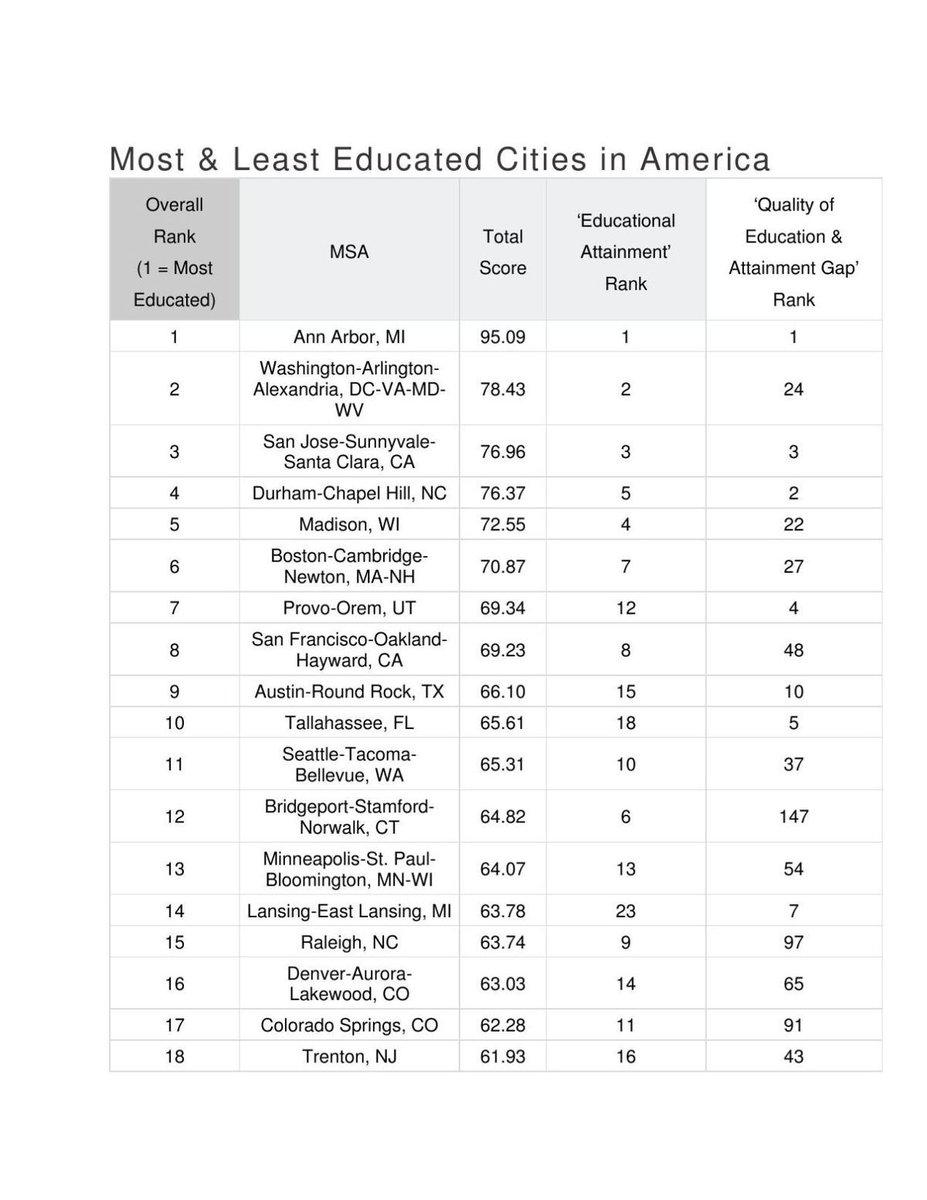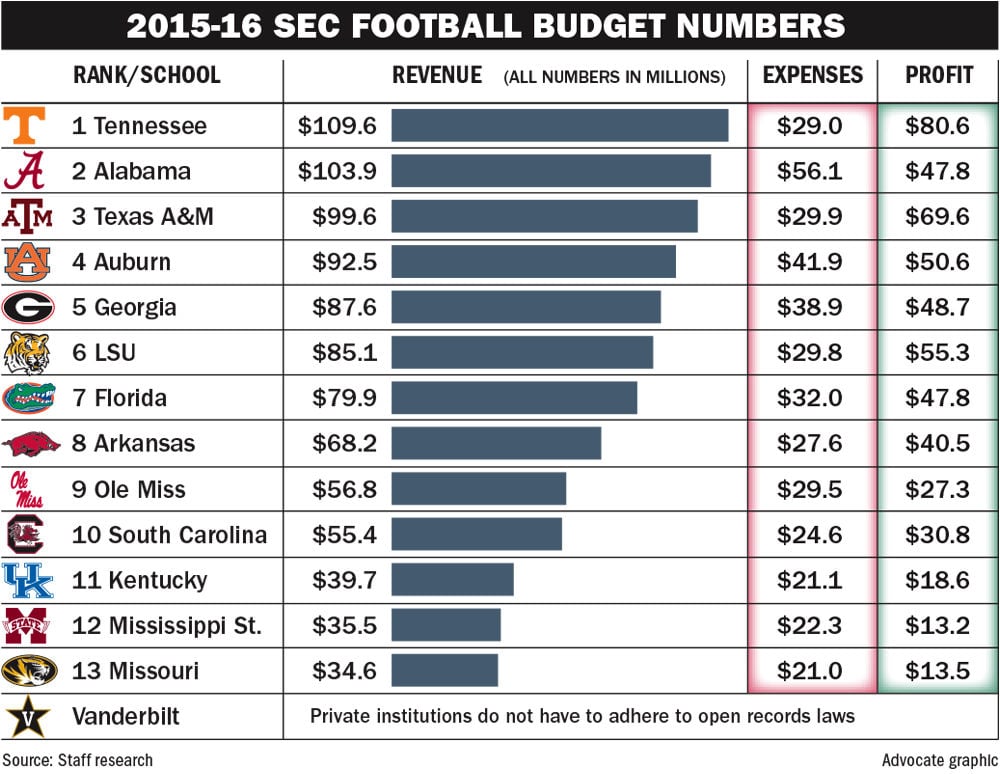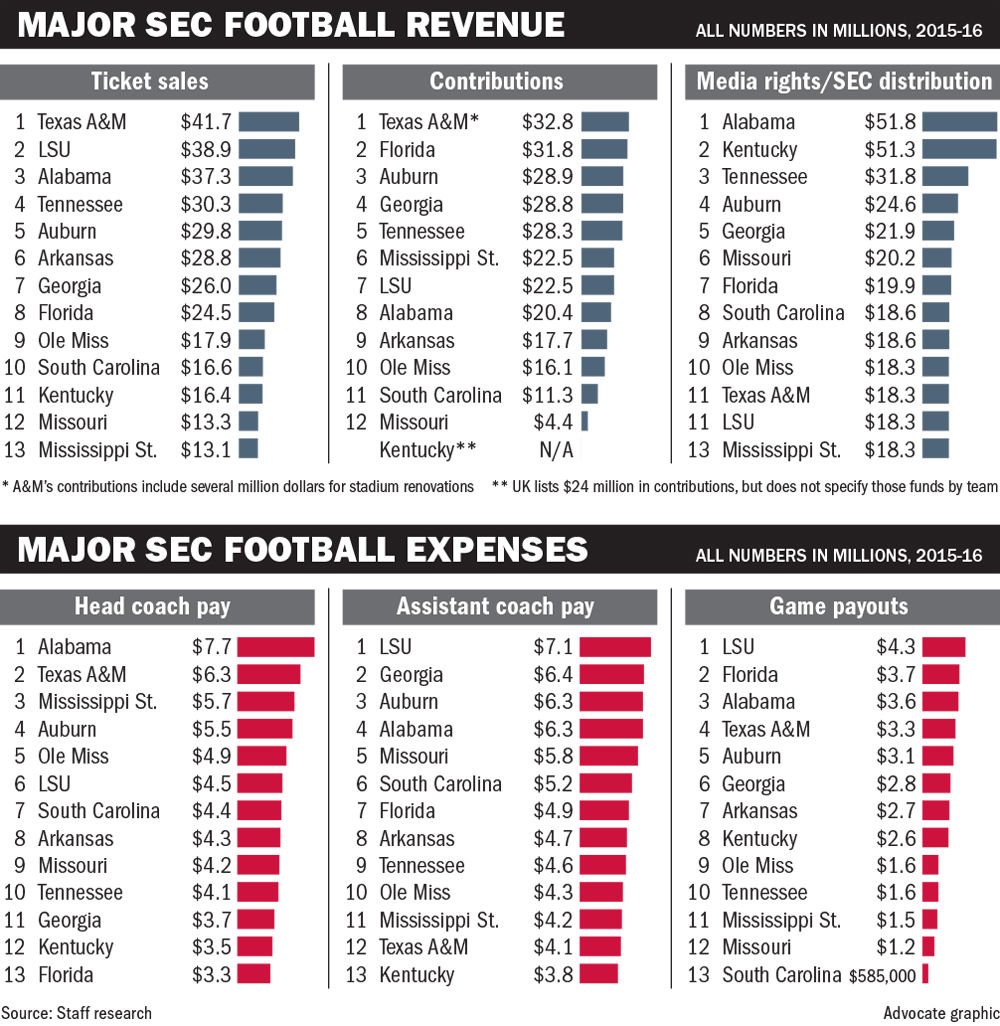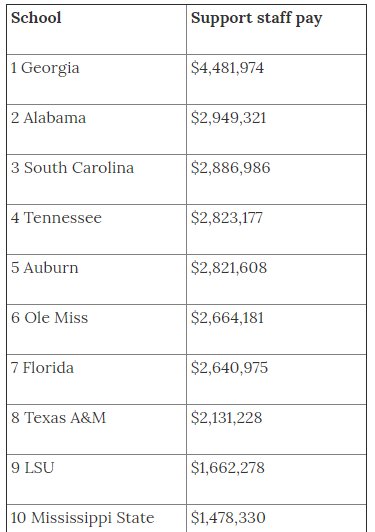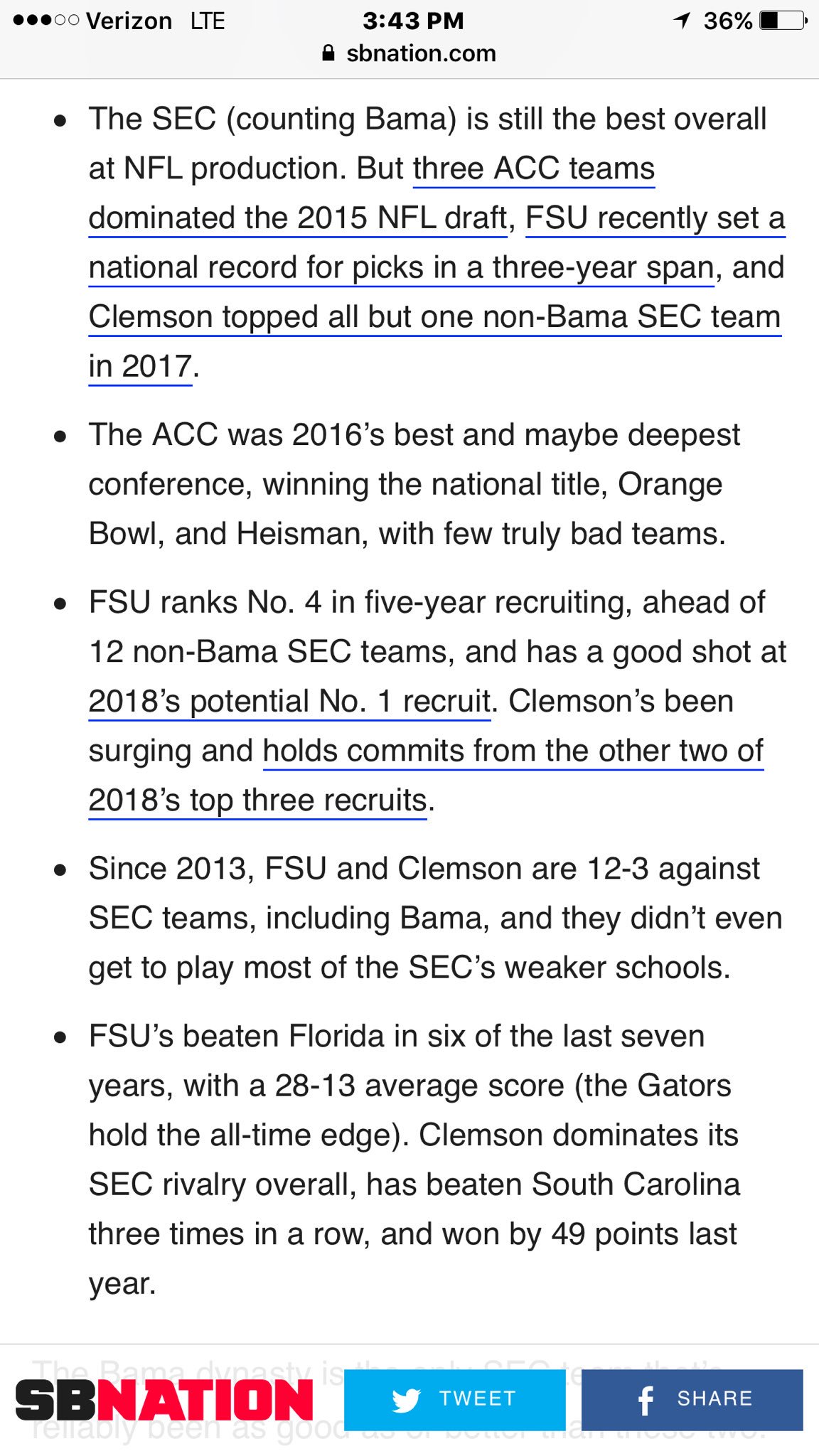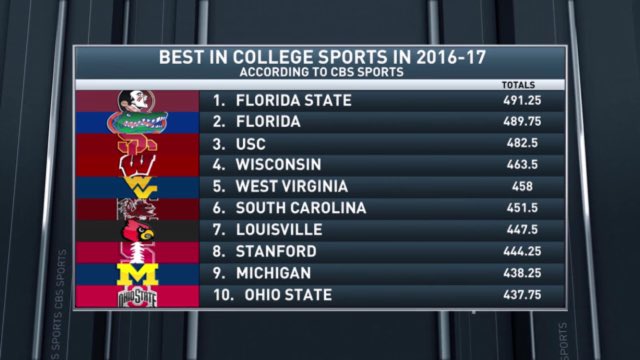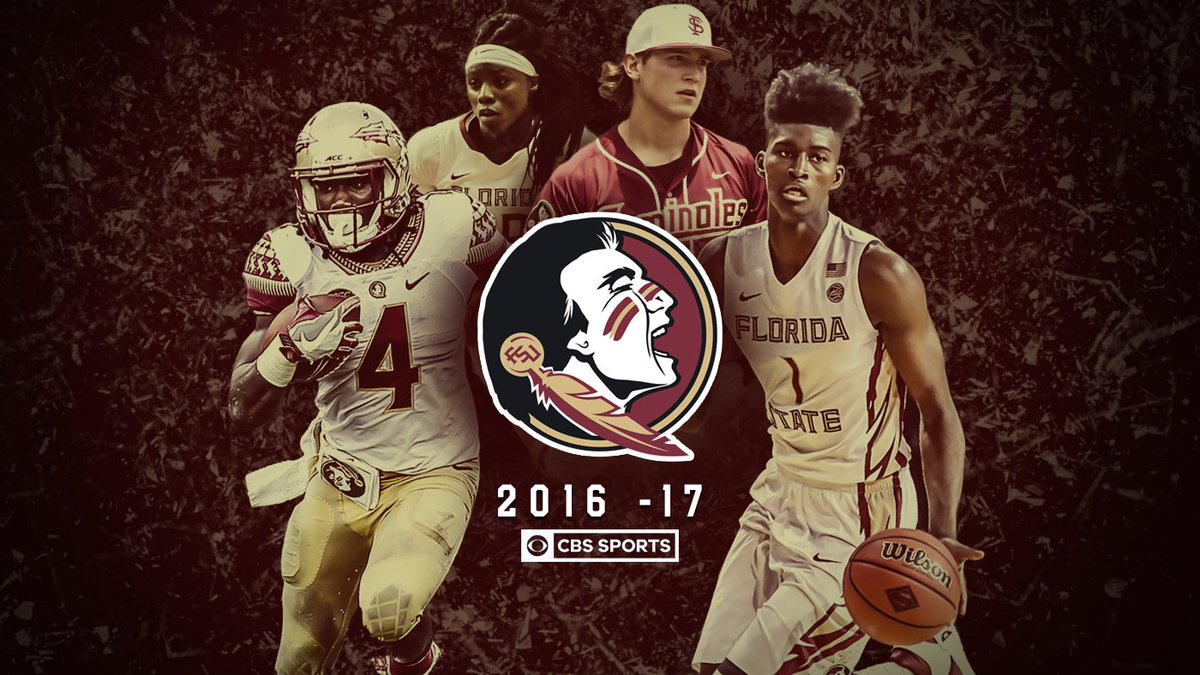http://www.tallahassee.com/story/news/2017/07/24/tallahassee-residents-file-second-suit-against-state-over-university-funds/506852001/
The Tallahassee law firm of Stearns Weaver Miller Monday filed the suit on behalf of attorney Thomas Warren and Kathleen Villacorta.
The filing comes just weeks after Alexis S. Geffin, who graduated from the University of Florida this year, and her brother, a Ryan J. Geffin, a 2016 graduate sued, They maintain they were among students who did not receive the intended benefits of more than $1 billion in private donations to Florida colleges and universities.
Warren and Villacorta say the state did not live up to its obligations to match their donations of over $300,000 to Florida State University.
According to the firm, Monday’s suit is a companion donor lawsuit to the lawsuit filed by two recent University of Florida graduates on June 30.
The legal action says the state owes over $1 billion to Florida’s public universities, colleges and students.
That includes an estimated
$159 million for the University of Florida;
more than $49.7 million for Florida State;
$4.5 million for Tallahassee Community College
and $1.2 million for Florida A&M University.
Miami Dade College is owed more than $70 million, the lawsuit alleges.
Warren and Villacorta are asking to represent the universities and its students in a class action against Gov. Rick Scott, the Florida Senate President, and the Florida Speaker of the House.
The suits are the same in that they are based on four separate statutes that obligate the state to “match” private donations made to support higher education through aid, scholarships, and facilities improvements, the firm said.
Now that the state and its representatives have had copies of the recent graduates’ lawsuit for over two weeks, we hope that they will publicly respond to the claims asserted in both,” said Grace Mead, an attorney with Stearns Weaver Miller.
In 2003, Warren and Villacorta, both graduates of Florida State University College of Law, donated $100,000 to the college and to the Florida State University Foundation to establish the Calvin Patterson Civil Rights Endowed Scholarship for Florida State College of Law.
It was earmarked for students “who have demonstrated a significant interest and commitment to further civil rights.”
It was to “serve as a tribute to Calvin Patterson,” a Seminole football player with Warren, who “broke a significant racial barrier” “when he became FSU’s first African-American football player.”
The matching statutes required a 50-percent match for the $100,000 gift, which the state made, adding $50,000 to the scholarship’s permanent endowment.
In December 2011, Warren and Villacorta contributed another $100,000 to the Florida State University College of Law and the Florida State University Foundation to further support the Calvin Patterson Civil Rights Endowed Scholarship.
“We contributed the $100,000 with the understanding that the state would ultimately provide a 50 percent match, but the state never matched,” Warren said.
In August 2015, Warren and Villacorta created a second scholarship endowment—the Coastal and Marine Conservation Student Research Endowment—with a $100,000 donation to FSU and its Foundation. Again, the state failed to match the gift.
“The state’s representatives—in the matching statutes, gift agreements, and a 2011 Department of Education memorandum cited in the complaint—recognized the obligations that it has to the donors to benefit Florida’s students,” Waren said. “Instead, the state has ignored the promises it made for the benefit of our students.”
Warren said he and Villacorta aren’t trying to recover the money they contributed, “but rather seek to compel the state to match the donations.”
The suit alleges that by not matching the gifts from Warren and Villacorta, the state actually reduced the endowment available for those scholarships by about $100,000.
Each suit recognizes that the obligation to match the financial gifts was relaxed during a recession period, but the state was obligated to renew its part of the deal once the economy turned around in 2012 and 2013 and generated billions in surpluses.
“Breaking the promise to pay sums owed for scholarships, aid, and facilities improvements to fund tax cuts and reserves is neither fiscally conservative nor honorable,” Mead said.




